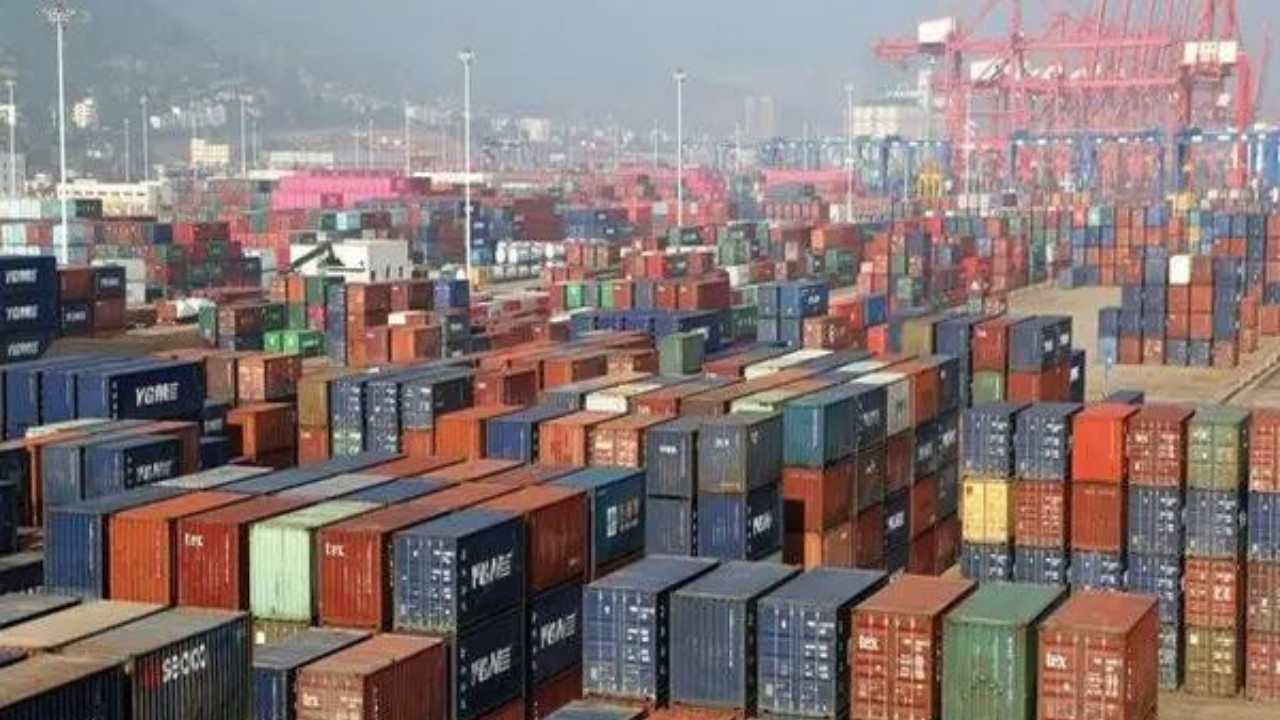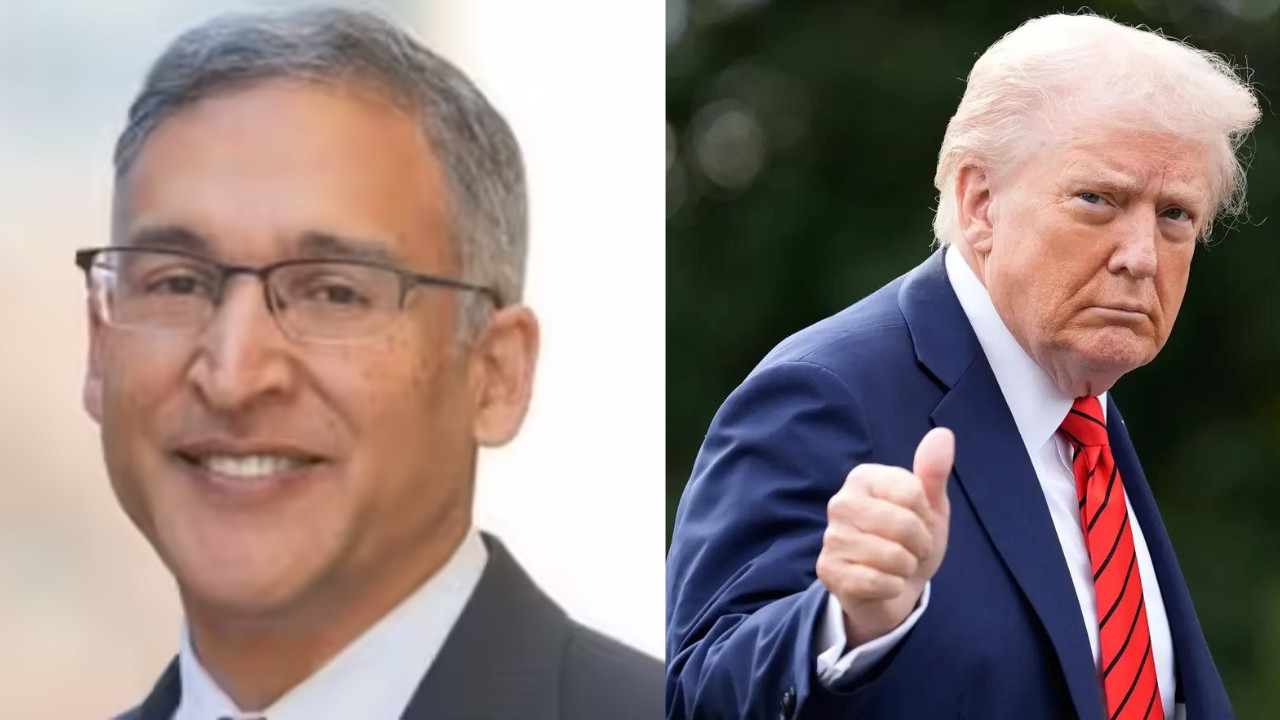India has actively expanded its global trade network, implementing several key Free Trade Agreements (FTAs) over the past five years. Agreements with Mauritius, the UAE, and Australia have shown varied trade impacts, including export growth and increased investment. India is also pursuing new trade deals with multiple countries and modernizing existing agreements to further boost economic partnerships.
India’s Trade Transformation: A World of Opportunity Unfolds
For decades, India has been carefully building its economic connections with the world. But recent years have seen that effort accelerate, with a flurry of Free Trade Agreements (FTAs) reshaping the landscape of Indian commerce. Instead of incremental steps, we’re witnessing a bold sprint towards a more interconnected future. It feels like India isn’t just participating in global trade; it’s actively carving out a leadership role.
Forget the dusty image of trade negotiations happening behind closed doors. What’s unfolding is a dynamic story with real implications for businesses, consumers, and the overall trajectory of the Indian economy. The buzz isn’t just about signing deals; it’s about unlocking potential.
Five Years, Five FTAs: A Deep Dive into India’s Trade Expansion
The numbers speak volumes. In the last five years, India has inked five significant FTAs. These agreements aren’t just pieces of paper; they represent tangible pathways to new markets and reduced trade barriers. Each deal is tailored, addressing specific needs and opportunities within the partner country, creating a tapestry of interwoven economic interests. Imagine a global marketplace where Indian products and services can flow more freely, and vice versa. That’s the vision these FTAs are making a reality.

Think about the Comprehensive Economic Partnership Agreement (CEPA) with the UAE, which came into force in May 2022. It’s projected to boost bilateral trade to $100 billion within five years. Then there’s the Economic Cooperation and Trade Agreement (ECTA) with Australia, offering Indian businesses preferential access to the Australian market. Not to mention the agreements with Mauritius and the ASEAN region that are continuously being refined and optimized. These aren’t just isolated events; they’re part of a broader, strategic push.
These agreements mean reduced tariffs, streamlined customs procedures, and greater regulatory cooperation, giving Indian businesses a competitive edge. They unlock opportunities for investment, technology transfer, and job creation. For consumers, it translates to access to a wider range of goods and services, often at more competitive prices.
More Deals on the Horizon: India’s Ambitious Trade Agenda
The flurry of recent agreements is just the beginning. The Ministry of Commerce and Industry has clearly signaled that India’s trade ambitions extend far beyond the deals already signed. Active negotiations are underway with several key partners, including the UK, Canada, and the European Union.
These potential agreements are particularly exciting because of the sheer size and sophistication of these markets. A deal with the UK, for example, could significantly boost India’s access to a major global financial center and a market with a high demand for skilled professionals. Similarly, an FTA with Canada could open doors for Indian companies in sectors like agriculture, technology, and energy. The EU agreement represents the biggest opportunity to date, with access to 27 member states and a combined GDP larger than the United States.
These aren’t just about exports; they’re about building resilient and diversified supply chains. The global disruptions of recent years have highlighted the importance of having multiple sources for essential goods and services. These FTAs allow India to strengthen its position as a reliable and competitive player in the global economy.
For more on how these trade agreements impact specific industries, explore our analysis of the Indian manufacturing sector [internal link].
Navigating the New Trade Landscape: Challenges and Opportunities
Of course, navigating this rapidly evolving trade landscape isn’t without its challenges. Indian businesses need to adapt to new regulations, meet international standards, and become more competitive on a global scale. The government has a critical role to play in providing support, training, and infrastructure to help businesses make the most of these opportunities.
Equally important is ensuring that the benefits of increased trade are shared equitably across society. This means investing in education, skills development, and social safety nets to help workers adapt to the changing demands of the labor market.
A New Era for Indian Commerce
India’s proactive approach to trade represents a fundamental shift in its economic strategy. By forging closer ties with key partners around the world, India is positioning itself as a major force in the global economy. The signed FTAs, and those on the horizon, offer a pathway to sustainable economic growth, increased prosperity, and a more interconnected future. These deals will reshape the rules of engagement and will give Indian businesses a distinct advantage as they seek to expand their global footprint. India’s trade expansion is not just a statistic; it is the seed of a new era for the country.







